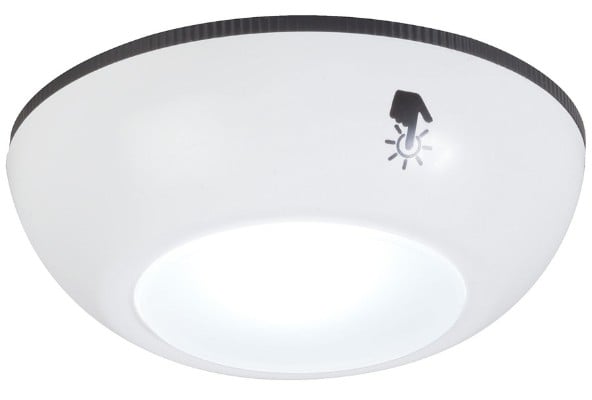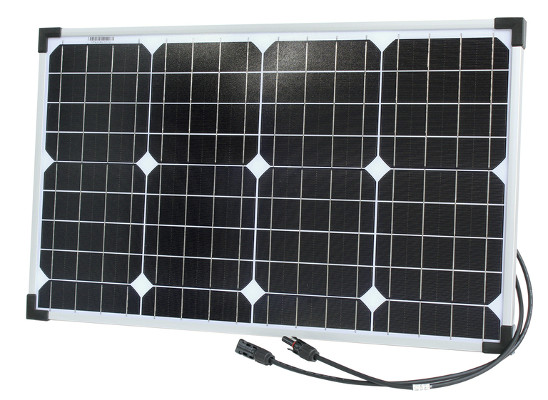How to Reduce Your Technology Carbon Footprint at Home
May 30, 2023

There is a myriad of ways you can contribute to protecting our planet. Today, we will focus on an action you can take at home – reducing your technology carbon footprint.
Our daily choices wield remarkable power in shaping the fate of our environment. By making small yet significant lifestyle changes, we can make a positive difference.
Transitioning to a more sustainable way of living requires time and commitment. But the key lies in maintaining consistency. By doing so, we can minimise waste, reduce our dependence on Earth’s finite resources, and more.
Embarking on this journey, though, may initially feel overwhelming. This is especially true if you are unsure where to begin. Lucky for you, we are here to help you have a great start!
Read on and discover how exactly you can achieve this and explore the practical steps you can take.
Sustainable Living Starts at Home
Small lifestyle changes can help you reduce your carbon footprint at home. This involves making conscious choices to minimise the environmental impact of your:
- digital devices
- energy consumption
But what exactly is a carbon footprint? Simply put, it is the amount of greenhouse gases associated with our daily activities. These emissions include carbon dioxide (CO2) released into the atmosphere.
To determine your carbon footprint, various methods can be employed. One convenient approach is utilising phone apps or online tools. This method provides insights into the environmental impact of your daily choices. It enables you to make more informed decisions towards reducing your carbon footprint.
Now, in the context of technology, it refers to the carbon emissions generated during the:
- manufacturing
- use (e.g. smartphones, computers, and other tech gadgets)
- disposal of the electronic devices
Understanding and addressing your technology carbon footprint is key. You can take steps to make more eco-friendly choices when it comes to electronics. This not only benefits the planet but also saves you money and promotes a sustainable life.
Technology Carbon Footprint Explained
This covers not only the usage of tech devices but also the production and disposal. The production involves energy-intensive processes that emit greenhouse gases into the atmosphere. This contributes to climate change over time.
Moreover, the energy consumed by electronic devices during their use also adds up. This is especially true if the energy source is from non-renewable sources, e.g. fossil fuels.
The disposal of electronic devices also poses environmental risks. For one, it releases toxic chemicals into the environment, particularly when improperly done.
Smart Home Technology
The advancement of technology has greatly enhanced the convenience of modern life. This is where smart home technology comes into the picture.
One great example is smart lighting solutions. Such features offer efficient and automated control over home lighting. Moreover, voice assistant devices like Alexa or Google Home have become almost everywhere. Even smart coffee machines allow you to brew your go-to cup without leaving the comfort of your bed.
But the convenience offered by these gadgets comes with environmental and economic costs. Like any other home technology, smart devices consume energy. Eventually, this can contribute to greenhouse gas emissions and lead to global warming.
If you intend to invest in one, there are models that align with sustainable practices. Determining their sustainability requires considering several key factors, such as:
- Energy efficiency. Check if the device has an energy-efficient design. Look for energy labels or ratings that indicate lower energy consumption. See if it is certified by recognised energy efficiency standards.
- Materials and manufacturing. Sustainable devices often utilise recycled or eco-friendly materials.
- Longevity and upgradability. The device must be built to last, reducing the need for frequent replacements. This helps minimise electronic waste.
- Connectivity and integration. This allows for efficient coordination and reduces unnecessary energy consumption.
- End-of-Life disposal. Look for recycling programs or take-back initiatives offered by manufacturers. This ensures proper disposal and minimises environmental harm.
Now, let’s get into practical ways you can reduce your impact and contribute to a more sustainable future!
Smart Living, Smaller Footprint
1. Determine your technology carbon footprint
To begin, collect recent electric and gas bills. This allows you to look at real numbers; how much you consume (e.g. in kilowatts per hour).
If you frequently use a car, it is also a good idea to see how much you spend on gas. Track the number of miles you drive per week or year and know your vehicle’s average gas mileage.
With these figures, you can calculate your carbon footprint using an app or online tool.
2. Optimise energy consumption
Start by minimising standby power usage by turning off or unplugging devices when not in use. Utilise power-saving settings on electronics. Also, invest in smart power strips that automatically cut off power to idle devices.
Another way is to upgrade to energy-efficient appliances and use renewable energy sources. Take solar panels, for example. To learn more about their efficiency, read our Solar Panel Efficiency Guide next!
3. Extend device lifespan
Take proper care of your electronics. Clean them regularly and protect them from damage. When possible, repair or upgrade devices instead of replacing them entirely. Properly recycle or dispose of old devices through designated e-waste recycling programs. This will give you peace of mind that they won’t end up in landfills.
4. Choose sustainable products
Make conscious choices by selecting sustainable technology products. Look for energy-efficient devices with recognised certifications, eco-friendly materials, and responsible manufacturing practices. Consider buying refurbished or second-hand electronics as much as possible. Doing so will help reduce the demand for new production and conserve resources.
5. Embrace digital alternatives
Opt for digital media formats instead of physical copies. E-books and streaming services make excellent examples. Moreover, use online platforms for communication, file sharing, and collaboration. This helps reduce the need for paper and physical storage.
Exploring Wiltronics Sustainable Home Devices
Discover our range of eco-friendly home devices that prioritise sustainability. Take a closer look at our available products:

LED lighting solutions
LEDs (light-emitting diodes) have revolutionised lighting technology. They make a great sustainable alternative to traditional incandescent lights.
LEDs have a significantly longer lifespan. Moreover, they use only 25% to 30% of the energy consumed by halogen incandescent bulbs. Switching to LEDs means saving on electric bills and reducing carbon footprint!
Experience brighter and more efficient lighting with LED bulbs. Choose from our wide range of LED Lighting options for a greener lighting solution.

Solar panels for sustainable energy
Embrace the renewable energy revolution with solar panels! Solar panels offer a clean and efficient way to generate your own power. This enables you to reduce your reliance on fossil fuels. Furthermore, this leads to significant savings on your electricity bill.
Unlike other energy sources, solar panels have minimal environmental impact. They do not emit greenhouse gases, pollute water sources, or create noise pollution. Investing in one means you are making a good choice for the environment and your finances.
Take a step towards a sustainable future by exploring our range of quality solar panels.
The Bottom Line
Everyone’s technology carbon footprint varies. But the collective effort to reduce emissions at home is crucial. Simple actions like turning off switches and unplugging devices when not in use can help greatly. Opting for sustainable home technologies can also contribute to a greener lifestyle.
Constantly plugging and unplugging may seem like a repetitive task. Not to mention that investing in LEDs or solar panels may require an upfront cost. But it is essential to recognise the long-term benefits they offer. These habits and investments can ultimately help you decrease your home carbon footprint.
So, what can you do to reduce your technology carbon footprint at home? It starts with:
- making conscious choices
- adopting sustainable practices
- embracing innovative solutions that align with your values
Together, we can create a more sustainable future for generations to come!
This article was originally published in July 2021 and has been updated.
© Electrotech Brands Pty Ltd 2023


Write a Comment
You must be logged in to post a comment.